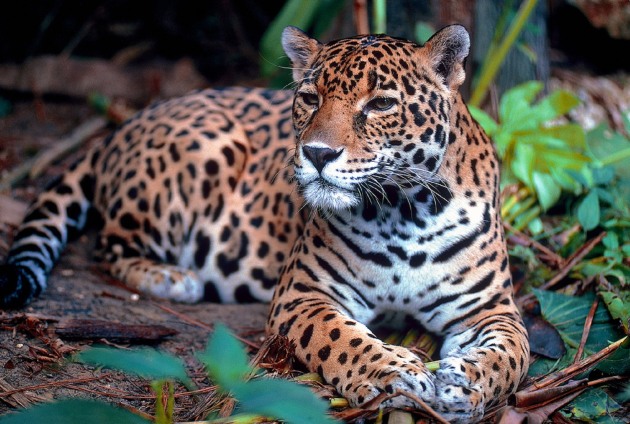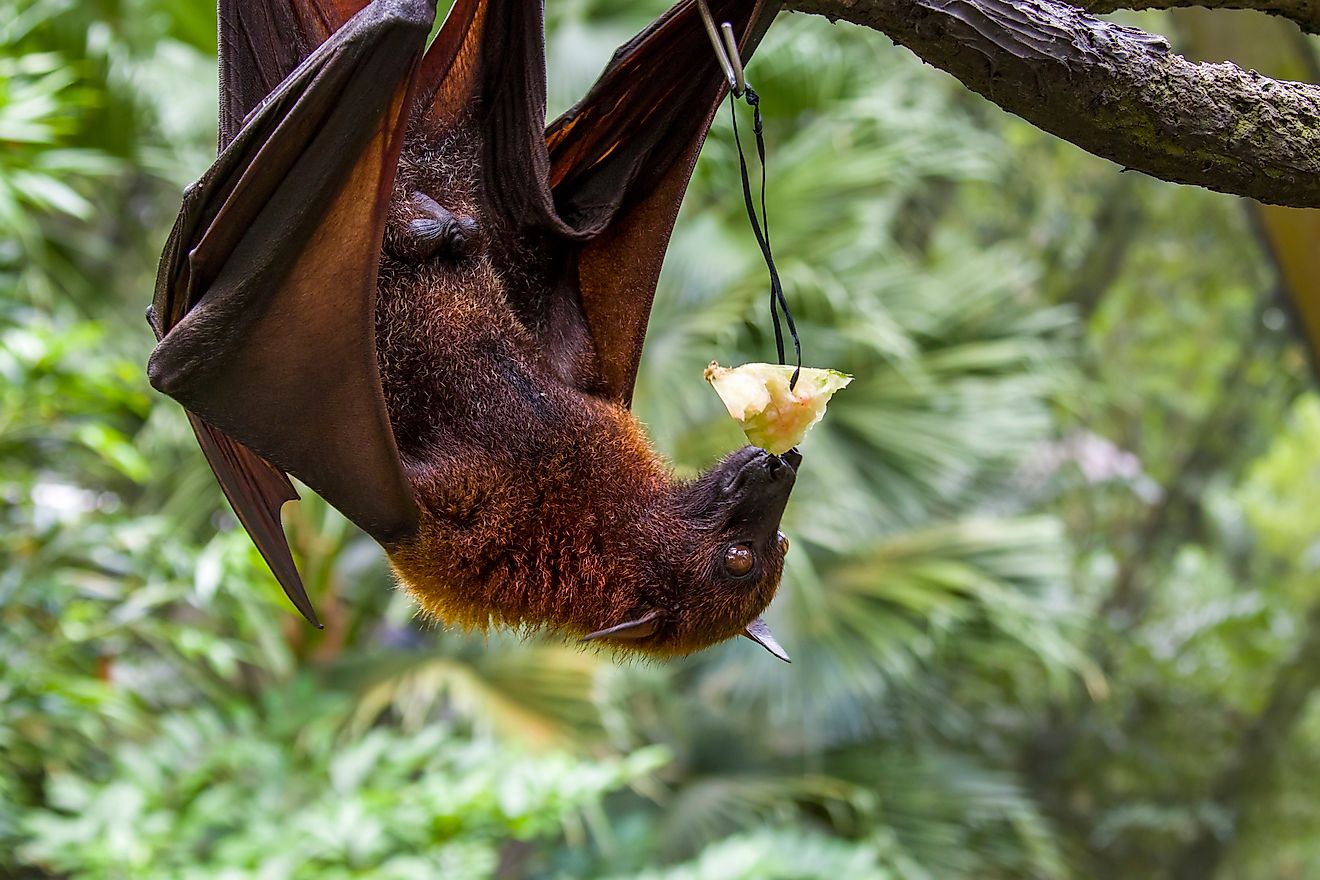Imagine a place where the air is thick with humidity, the sunlight is dappled, and the ground is covered in a thick carpet of decaying leaves. This is the world of the rainforest floor, a vibrant and teeming ecosystem teeming with life. This hidden realm, often overlooked by those focused on the towering trees and colorful canopies, is home to a diverse array of creatures uniquely adapted to survive in this challenging environment.

Image: www.twinkl.cl
Rainforest floors are more than just a layer of decaying matter. They are a complex and interconnected world, where life thrives in the shadows of the giants above. From tiny insects to large mammals, the animals that call the rainforest floor home play a vital role in the health and balance of the entire ecosystem. As we delve into this fascinating world, we’ll explore the diverse adaptations, unique behaviors, and crucial roles played by these fascinating creatures.
A World of Darkness and Decay
The rainforest floor is a world of shadows and decomposition. Sunlight struggles to penetrate the thick canopy, casting the ground in a perpetual twilight. The air is heavy with moisture, and the forest floor is often covered in a thick layer of decaying leaves and other organic matter. This decomposition is vital, as it provides nutrients for the rainforest’s incredible biodiversity. But it also creates a unique set of challenges for the animals that live there.
Challenges of the Rainforest Floor
- Limited Sunlight: Many rainforest floor creatures have evolved to function in low light conditions. This includes adaptations like larger eyes, enhanced night vision, and even the ability to detect movement through echolocation.
- High Humidity: The constant humidity can lead to fungal infections and other health problems. Many rainforest floor animals possess adaptations to deal with this, such as waterproof fur or skin, specialized breathing mechanisms, and specific behaviors to help them maintain their body temperature.
- Abundant Predators: The rainforest floor is a risky place to live. Predators lurk in the shadows, and even smaller animals can be formidable hunters. Animals inhabiting this region often have camouflage, quick reflexes, or venom to defend against threats.
- Competition for Resources: The rainforest floor is packed with life, and competition for food, shelter, and mates is fierce. Some animals specialize in specific niches, while others engage in intense competition, leading to the evolution of unique strategies for resource acquisition.
Life in the Shadows
Despite these challenges, the rainforest floor is teeming with life. Let’s explore some of the intriguing creatures that have adapted to thrive in this unique environment:

Image: betebt.com
1. The Mighty Giant: The Okapi
Often nicknamed the “forest giraffe,” the okapi is a fascinating creature found only in the rainforests of the Democratic Republic of Congo. This elusive mammal, a close relative of the giraffe, has short neck and long, zebra-like stripes, perfectly camouflaging it in the dense undergrowth. It feeds primarily on leaves, fruits, and fungi, playing a crucial role in seed dispersal.
2. The Master of Disguise: The Leopard
The leopard, an apex predator, is a master of camouflage, its dense coat blending seamlessly with the dappled light and shadows of the forest floor. Its powerful build and sharp claws make it a fierce and efficient hunter, capable of taking down prey much larger than itself.
3. The Miniature Marvel: The Golden Poison Dart Frog
This small but deadly amphibian is a vibrant splash of color in the damp undergrowth. Its bright yellow skin warns predators of its highly toxic venom. The frog is not inherently venomous but stores toxins from the insects it consumes, a fascinating example of how animals can use the environment to their advantage.
4. The World’s Biggest: The Goliath Birdeater
The Goliath birdeater is a tarantula, and its name is no exaggeration – it’s the world’s largest spider. Its massive size, hairy body, and formidable fangs make it a fearsome predator. While its bite is venomous, it is not deadly to humans, but can cause intense pain. This predator plays a role in controlling insect populations, maintaining the balance of the ecosystem.
5. The Underground Kings: The Giant Earthworm
These creatures may not be as charismatic as some other rainforest giants, but they are essential to the health of the forest floor. Some giant earthworm species can grow to be over three feet long! Their tunnels aerate the soil, improving drainage and allowing nutrients to cycle efficiently.
6. The Forest Guardians: The Jaguar
The jaguar, the largest cat in the Americas, is a powerful predator that plays a crucial role in regulating prey populations. The jaguar’s powerful roar echoes through the rainforest, and its distinctive spotted coat, a masterpiece of camouflage, allows it to expertly navigate the dense undergrowth.
7. The Tiny Titans: Ants
Ants are everywhere in the rainforest, particularly on the forest floor. These tiny creatures are responsible for breaking down leaf litter, transporting nutrients, and even controlling populations of other insects. They are vital to the healthy functioning of the rainforest ecosystem.
8. The Under-appreciated: The Millipede
Millipedes, those segmented creatures that are often mistaken for centipedes, are important decomposers. They consume decaying leaves and wood, breaking down organic matter and releasing nutrients back into the soil. They have a unique defense mechanism, releasing a foul-smelling liquid as a deterrent.
9. The Hidden Masters: Fungi
Fungi are often overlooked, but they play a vital role in the rainforest floor. They are essential decomposers, breaking down dead plants and animals and releasing nutrients back into the soil. Many fungi also form symbiotic relationships with trees, providing nutrients and protection in exchange for sugars produced by the tree.
The Importance of the Rainforest Floor
The rainforest floor is not just a place where animals live; it is a vital part of the entire rainforest ecosystem. It’s a complex web of life, where animals play different roles, interconnected in the delicate balance of nature. The rainforest floor’s biodiversity, crucial for nutrient cycling, decomposition, and pest control, ensures the health and resilience of the entire rainforests.
Animals That Live On The Rainforest Floor
Conclusion
The rainforest floor, a world unseen by many, is a fascinating and vital part of the global ecosystem. The creatures that live there have evolved remarkable adaptations to survive in this challenging environment, and their roles are essential to the health and balance of the rainforest. Understanding the lives of these creatures and the importance of the rainforest floor should inspire us to protect these valuable ecosystems.
Let us all work together to ensure that the hidden world of the rainforest floor continues to thrive, a testament to the beauty and resilience of nature.






